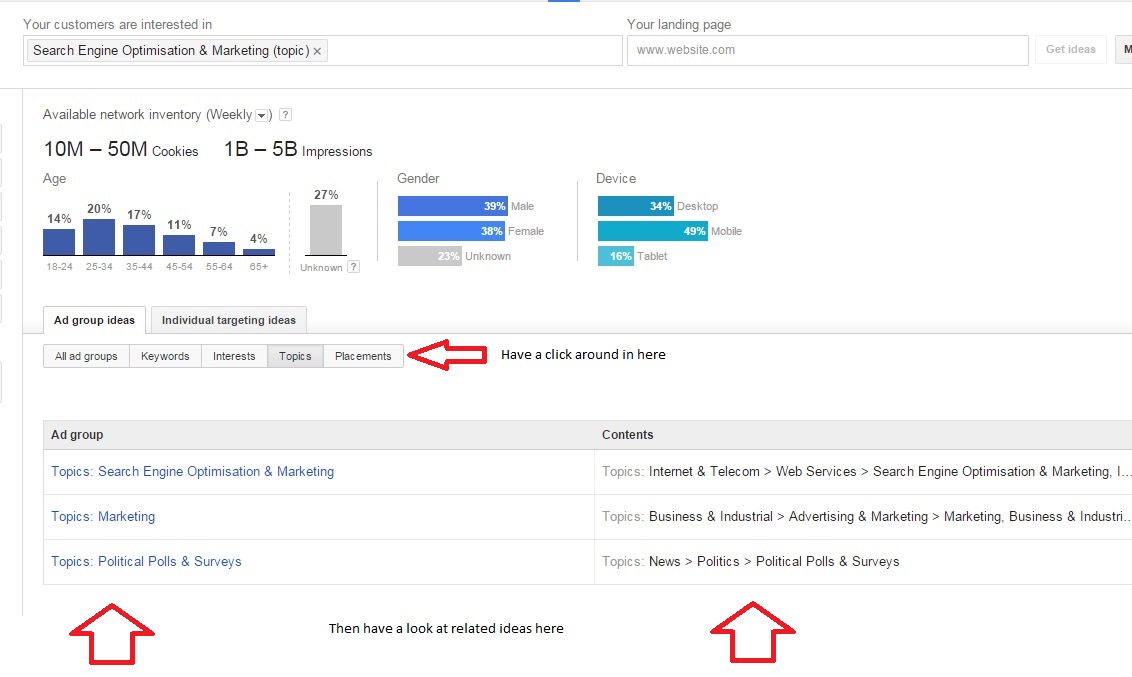If you’re in the digital marketing game then you’ve probably been hearing for a while now that engagement is becoming a much more prominent ranking factor in SEO.
It’s been mentioned on Moz in a Whiteboard Friday session at the back end of 2014 and of course, that then led to a regurgitation of this information and various interpretations on many related blogs.
Even as far back as 2011 people were talking about user engagement as a ranking signal as shown in this article posted on Search Engine Land.
To further back up this hypothesis, you’ve probably seen domains with hardly any links, competing on the first page against sites with a significant number of links. Sometimes the sites that focus primarily on link acquisition don’t even compete at all.
Recent research from Dan Petrovic mentions the following metrics:
Click Through Rate (CTR)
If your website has a high CTR from the search engines (and people are not immediately bouncing off the site after they click), then this is an indicator of quality.
There is some debate around the higher results getting a higher CTR, but if you have any doubt about the search engine’s ability to look at the CTR of the results proportionately, you only need to look at the Adwords platform.
CTR on Adwords pay per click ads is linked to Quality Score. The higher your CTR, the higher your Quality Score and the lower your cost per click (generally speaking and all things being equal).
Obviously the lower ad positions get a much lower CTR but this is taken into account in the calculation of the Quality Score. There is no reason why the same can’t be done for organic listings.
A recent post on the Reef blog talked about writing better ad copy to improve CTR so you can check it out here if you want to learn more about writing ad copy for Adwords ads.
Interaction
Scroll depth, session duration, page views… despite John Mueller claiming in a recent Hangout that interaction is not a ranking signal (like they would say: “Yea this is a ranking factor, go try manipulate it!”), it is widely agreed that Google are looking at user behaviour on your site and why wouldn’t they? It’s a great indicator of quality.
How do they obtain this data I hear you say?
Analytics.
If you think that they do not use this data from this awesome FREE tool they make available to everyone and actively promote – what’s the product? *cough* *data* *cough* – then check out their terms of service.
Because nobody wants to check out the terms of service I’ll pull out the main points below:
“Google and its wholly owned subsidiaries may retain and use, subject to the terms of its privacy policy (located at www.google.com/privacy.html), information collected in Your use of the Service.”
…and from the privacy policy:
“We collect information about the services that you use and how you use them, like when you watch a video on YouTube, visit a website that uses our advertising services, or view and interact with our ads and content.”
“We use the information we collect from all of our services to provide, maintain, protect and improve them, to develop new ones, and to protect Google and our users. We also use this information to offer you tailored content – like giving you more relevant search results and ads.”
“We use information collected from cookies and other technologies, like pixel tags, to improve your user experience and the overall quality of our services. One of the products we use to do this on our own services is Google Analytics.”
Analytics isn’t the only tool in Google’s data collection box. They also have the Chrome browser monitoring your online behaviour. Don’t believe me?
Type this in Chrome: chrome://histograms/
Here is a full list of histograms for the nerds among us.
To sum it up, it basically records quite detailed user activity.
So it’s widely agreed that engagement is a ranking factor and we know that Google tracks our behaviour on websites.
Now it’s time to reveal the secret sauce that most people are missing…
The REAL Engagement Ranking Factor Is Providing ‘Regular’ Engaging Content Within A Topic Or Set Of Topic Areas That Are Relevant To The Website
I’ve arrived at this theory based on results obtained through testing so hear me out on this.
Let’s jump over to the Google Display Network for a minute. If you go to the Display Planner Tool and enter your topic area, it will start to pre-populate. Choose the most appropriate option and you get taken to a screen like below:
In this example, I chose ‘Search Engine Optimisation & Marketing’. Having a dig around in the related interests, topics etc, you will see some related, relevant topics appear such as business, PPC, ecommerce and so on.
Yea there’s some irrelevant stuff in there too but generally we can say that Google knows the overall topic area that your website is about, plus all the related topics that you might talk about and that this audience is interested in (remember the Wonder Wheel anyone?).
So if you have a website that is doing a good job of serving this audience, it makes sense that you will be creating content within the confines of a topic or set of topics.
The key here is serving an audience.
If you have a website that consistently creates content within the confines of a topic or set of topics (that Google knows relates to the overall theme of the site) and people engage positively on an ongoing basis, then it stands to reason that your website is an authority in this space that does a good job of servicing the audience.
This will also increase your brand signals as people will search more for your brand and your returning visitors will increase etc. Brand signals are another ranking factor too remember.
It therefore makes sense to search engines, to send more search traffic to this site (increase rankings).
Boring industry and struggling to serve the audience? This post might give you some ideas.
Forgetting about the search engines though. You should always strive for great user experience and engagement on your website and to grow and serve an audience. Audience first mentality at all times. Period.
Key Takeaway:
- If you have a 10 page website that has good engagement and tons of links, then it is probably not enough.
- Consistently aim to serve an audience with content they desire and you will increase brand signals while showing search engines that you are providing a positive experience for users within your main and related topic areas. This is a strong indication that your site is an authority in the space and deserves a greater search presence.
- Pro Tip: Don’t forget your site structure and onsite SEO to get the most from this and to tie any offsite work you do into the strategy.

